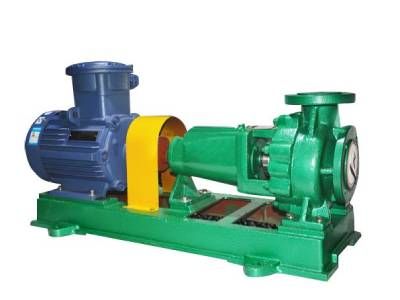The best Centrifugal Pump Manufacturers work hard to keep up with customer demand and changing technology. This includes the design and engineering of centrifugal pumps. As the most widely used pump in the world, frequent modifications are common. For example, pump manufacturers offers self-priming centrifugal pumps, ideal for both industrial and commercial applications.
However, most centrifugal pump manufacturers make pumps that are not self-priming. For those pumps, the operator must fill the casing with liquid before starting the pump’s operation. The pump would not function properly when low on or out of liquid. Along with compromised performance, not priming creates the risk of damage to internal components.
Especially for companies that use centrifugal pumps around the clock, a Self Priming Pump provides multiple benefits. With this process, a partial vacuum lifts water from a level below the suction tank. At the same time, the suction removes air inside the suction line.
With extreme demand for finished products, both industrial and commercial businesses heavily depend on centrifugal pumps. Many businesses, including chemical processing plants and paper mills, work around the clock, putting a tremendous demand on the centrifugal pumps they use. With a self-priming pump, manufacturers can produce high volumes of products.

Centrifugal Pump
A self-priming pump transfers vapor from the suction side of the impeller to the discharge. This continuous process creates a vacuum in the suction line. That vacuum and the atmospheric pressure on the surface of the liquid supply push the liquid into the Centrifugal Pump.
Recirculation – For this self-priming pump, there is a check valve located between the suction passageway and liquid reservoir on the discharge. Once the check valve opens, the air inside the passageway and the liquid from the reservoir recirculate through the impeller. With each pass, the recirculation eliminates several air bubbles. At some point, the process exhausts all the air in the suction line, which fills with liquid, followed by the check valve closing.
Diffuser – This type of self-priming avoids several problems associated with recirculation priming, such as the check valve. Of the two options, this one is the most efficient and widely used. In this process, the liquid coming from the reservoir does not go back to the suction line. Instead, the liquid combines with the air at the impeller’s circumference. Although the air still transfers, a reservoir and diffuser vanes keep the entire circumference of the impeller submerged constantly.
Previous: Bath Handle Pull YD-BHP12
Copyright:@2020-2021
Comments Please sign in or sign up to post.
0
0 of 500 characters used